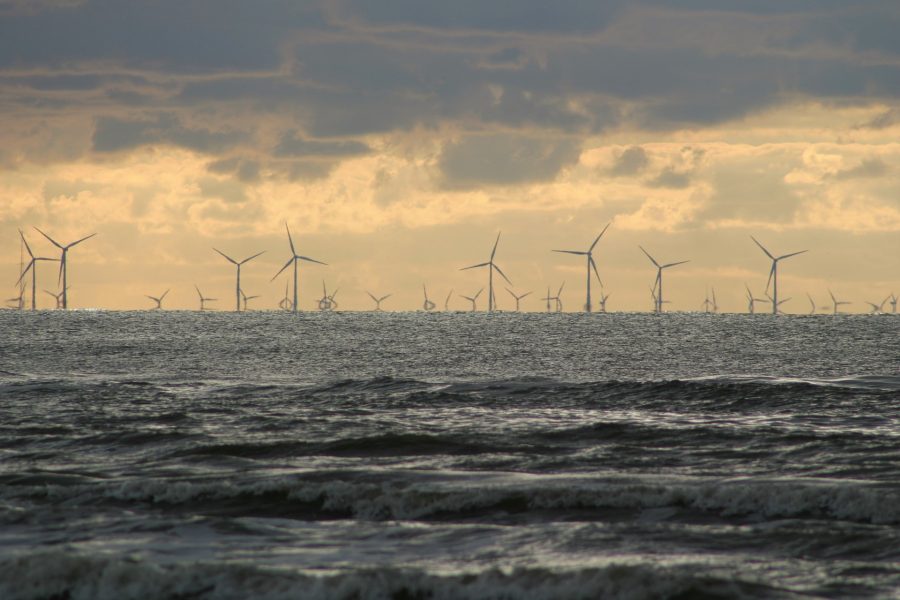Large-scale expansion of offshore wind energy is expected in Europe in the future. To collect wind energy and to enable electricity trading between countries, an offshore network will be implemented in the North Sea. Maintaining a reliable electricity supply at an affordable cost is one of the key objectives in the design and operation of power systems, and therefore the reliability of offshore grids is an important topic of discussion.
Traditionally, onshore electricity networks are designed for n-1 redundancy, meaning that the loss of a single component must not lead to a failure of the network, such that a continuous electricity supply is secured. While onshore the security of supply is effectively assured by criteria like n-1 redundancy, the same n-1 redundancy might not be an economical solution for offshore networks, as the costs of additional components in the offshore network are substantial. Therefore, for todays (small) offshore networks, n-1 redundancy is hardly economically justifiable, as seen from a wind farm owner’s point of view. However, when larger offshore networks are implemented without redundancy, this could have significant consequences for the security of onshore supply. The question then arises: how should the reliability of large-scale offshore networks be evaluated, and what criteria can be defined to maintain a high level of reliability?
This topic is discussed in WIREs Energy and Environment in light of recent research. For smaller offshore networks, reliability evaluation is mainly an economic analysis seen from a wind farm owner’s point of view; whereas for large-scale offshore networks, it is necessary to consider the interaction of offshore–onshore networks in reliability analysis. The reliability of combined offshore–onshore power systems could be analysed in an integrated approach, such that various (offshore & onshore) measures can be considered to find the most economical solution.
Kindly contributed by Bart Tuinema.

















